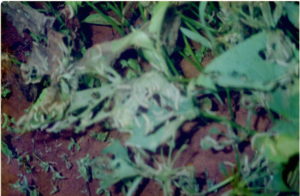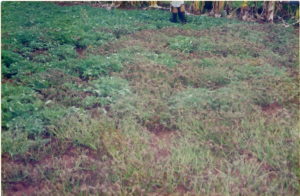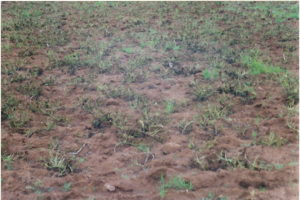Sweet Potato
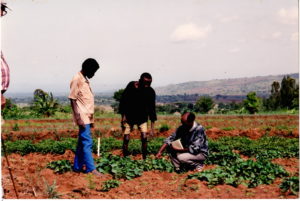
Sweet potato (Ipomoea) is a herbaceous perennial and dicotyledonous food crop that belongs to the family Convolvulaceae. Its tuberous roots are sweet, soft and delicious to eat after cooking or boiling. Size and collars of sweet potato cultivars varies depending on the species, soil type, altitude and availability of moisture.
Its ability to perform well in poor soils makes sweet potato a good crop for poor tropical soils where fertilisers are not available or affordable. In Japan recent cultivars released from the breeding Centers have a wide range of utilisation not only on conventional use but also in the food processing industry due to their high content of vitamins, low amylase activity and extremely high starch content.
In Ethiopia Sweet potato is mainly grown as a major crop in the Southern part of the Country in particular in Welaita, Kembata and Hadia where the population density is very high. Its tuber and green leaves are important for humans food and as forage for animals. According to FARM Africa (FPR) the crop is increasingly important because it grows in almost all seasons, is tolerant to drought and heavy or continuous rains and matures early. In addition to this it gives good yield under low input Conditions and hence farmers are not compelled to by expensive fertilisers to produce it. In Southern Ethiopia, Sweet potato is one of the three major crops next to Enset and Maize.
Problems of Sweet potato production
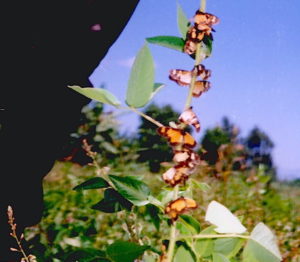
Diagnostic studies in different part of Ethiopia (Wolaita) by the the Farmrmers’ Research Project and further close observation and research with the area farmers it has been identified that Acraea Acerata Hew (Sweet potato Butterfly) as destructive pest of this crop.
The severity of the infestation varies from place to place and insect can be considered as endemic in all altitude of the study area. However the Sweet potato butterfly was more important at higher altitudes than at a medium or low altitudes. The adult Sweet Potato Butterfly lay their eggs on the under surface of the its leaves in a cluster. The number of eggs per cluster ranges from 50 to 180. The eggs hatch after a six day incubation and the larvae pass into various numbers of instal stages. The early inters are gregarious and suck the leaves while the mature larvae consume large portion of the leaves which would result in total destruction or in sharp reduction in production (luck of photosynthesis).
According to Kefale Alemu the Larvae feeds on leaves until it starts changing itself into Pupae. In the study areas of Welaita (Ethiopia) Pupation is observed at the lower of the stem (a few Centimetres above the ground) of trees, shrubs,weeds, and different gras species both inside and outside the Sweet potato plant Field. When the intensity of infestation is very high it can totally destroy the leaves oftn several times in succession. This causes not only Crop retardation and sharper decline in Yields but also spoils the available immature tuber.
|
|
|
Sweet potato is propagated vegetatively from vine cuttings which in most cases are obtained from the harvest of the previous seasons therefore sever damage by caused by the pest results not only in the los of yield but also in shortage of planting material.
Biological Pest/insect Control Methods

